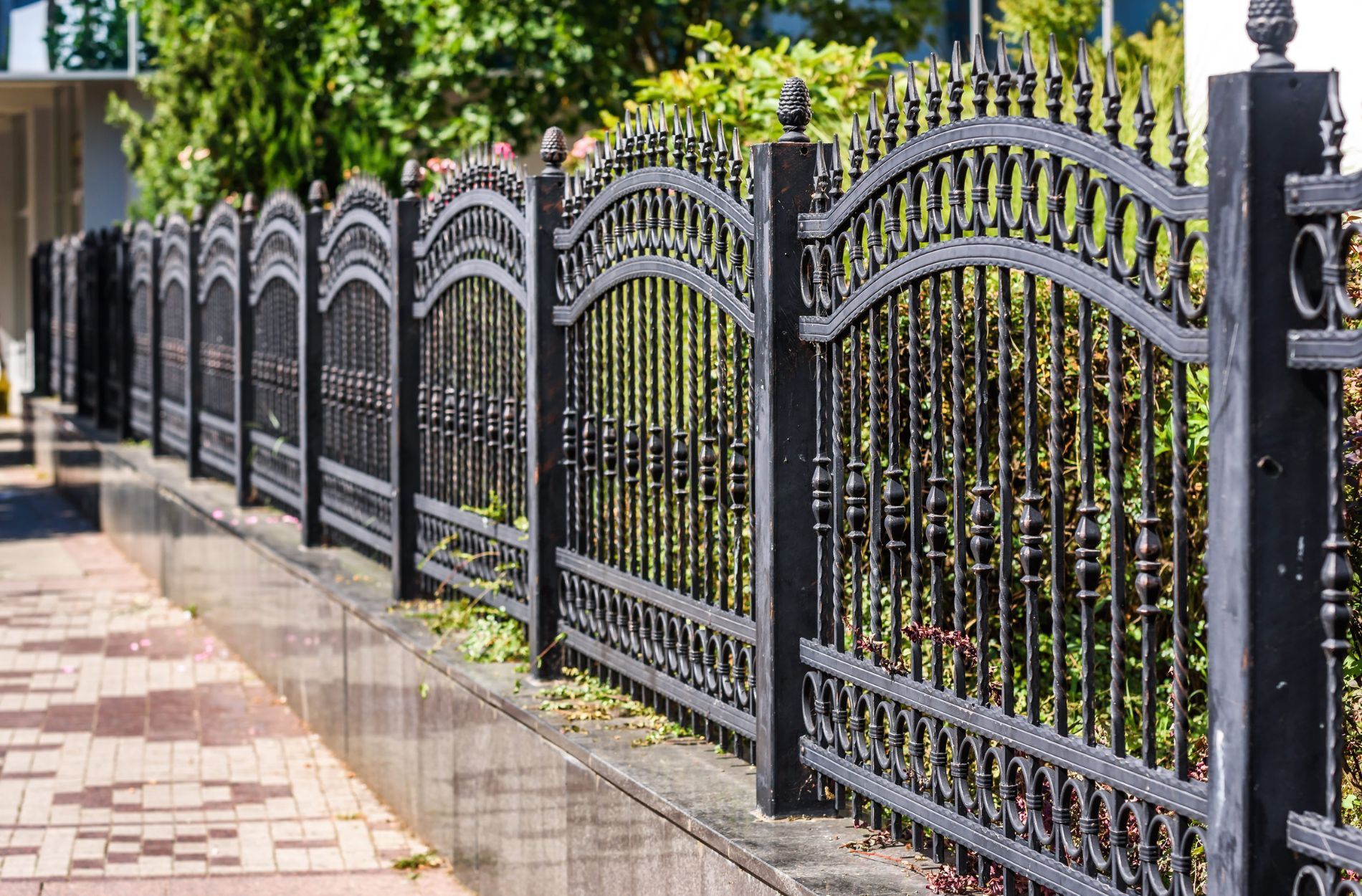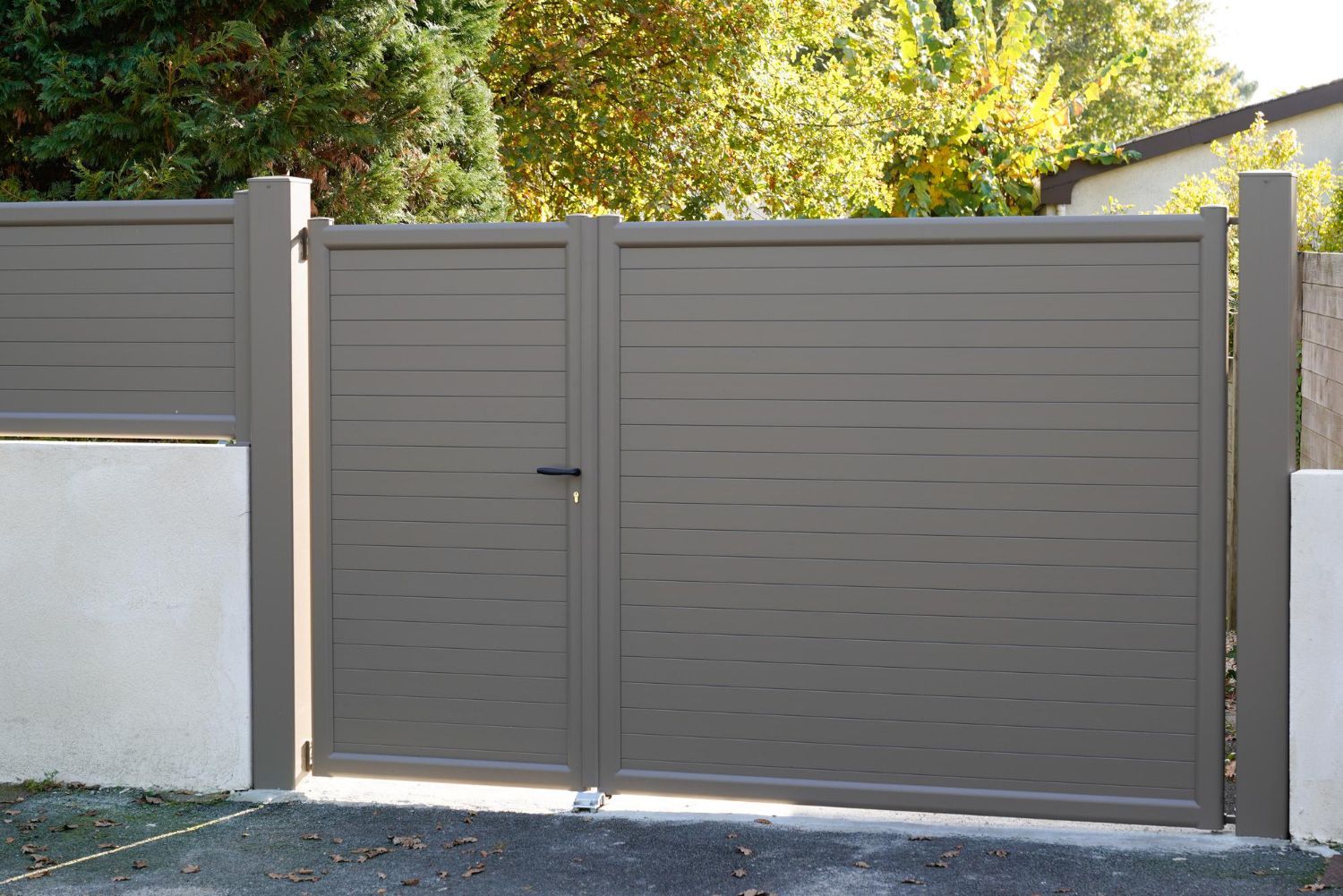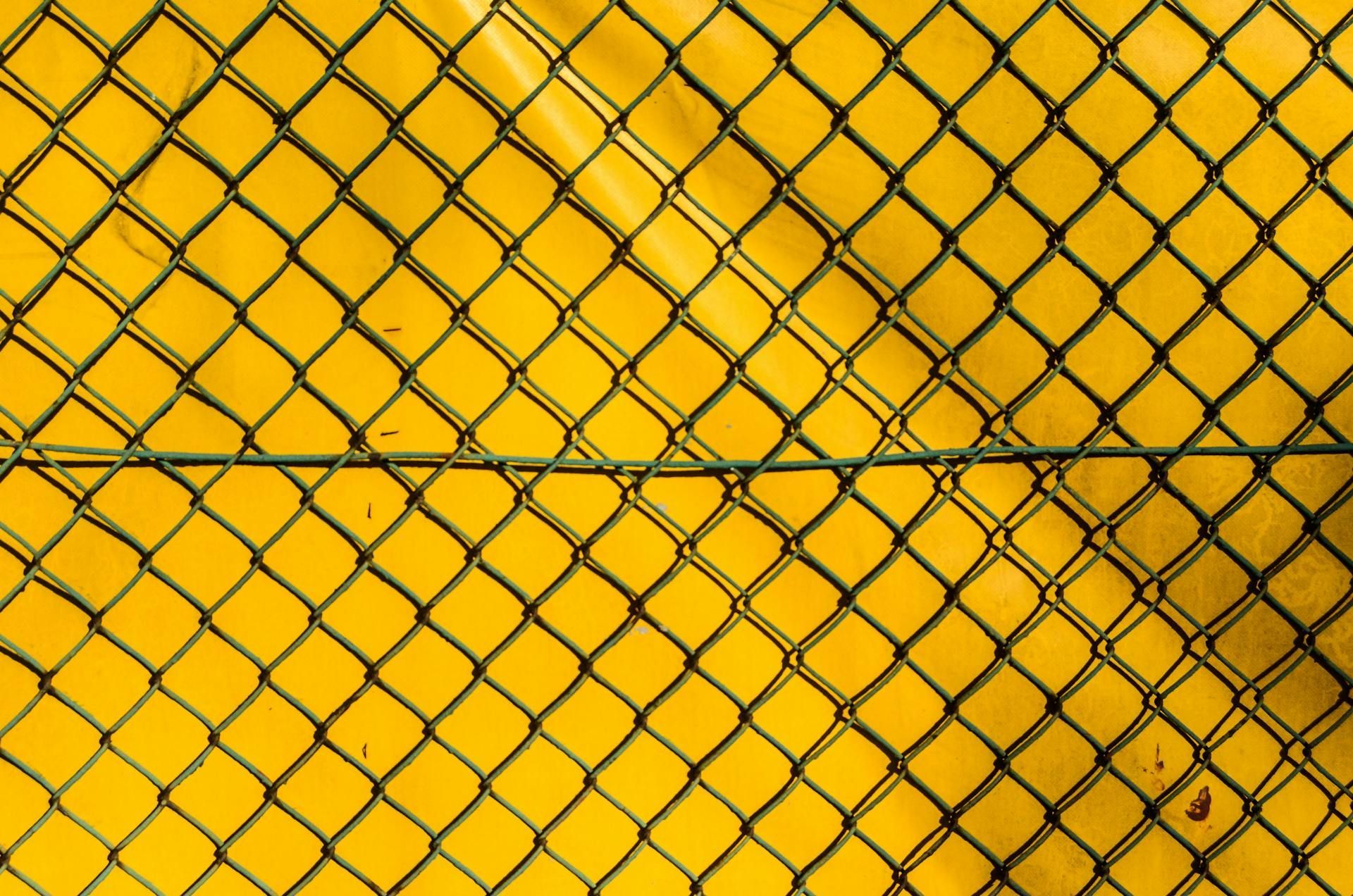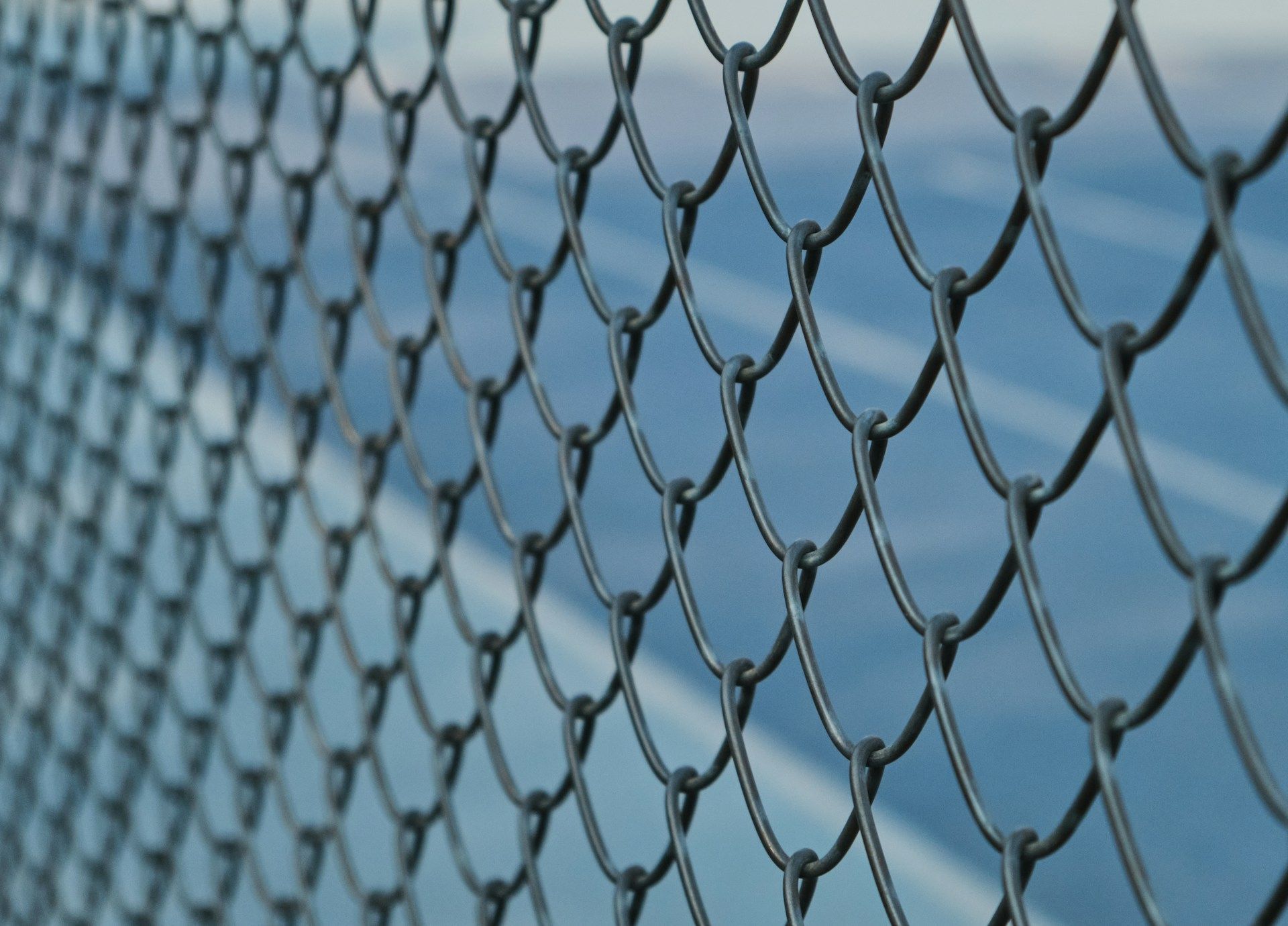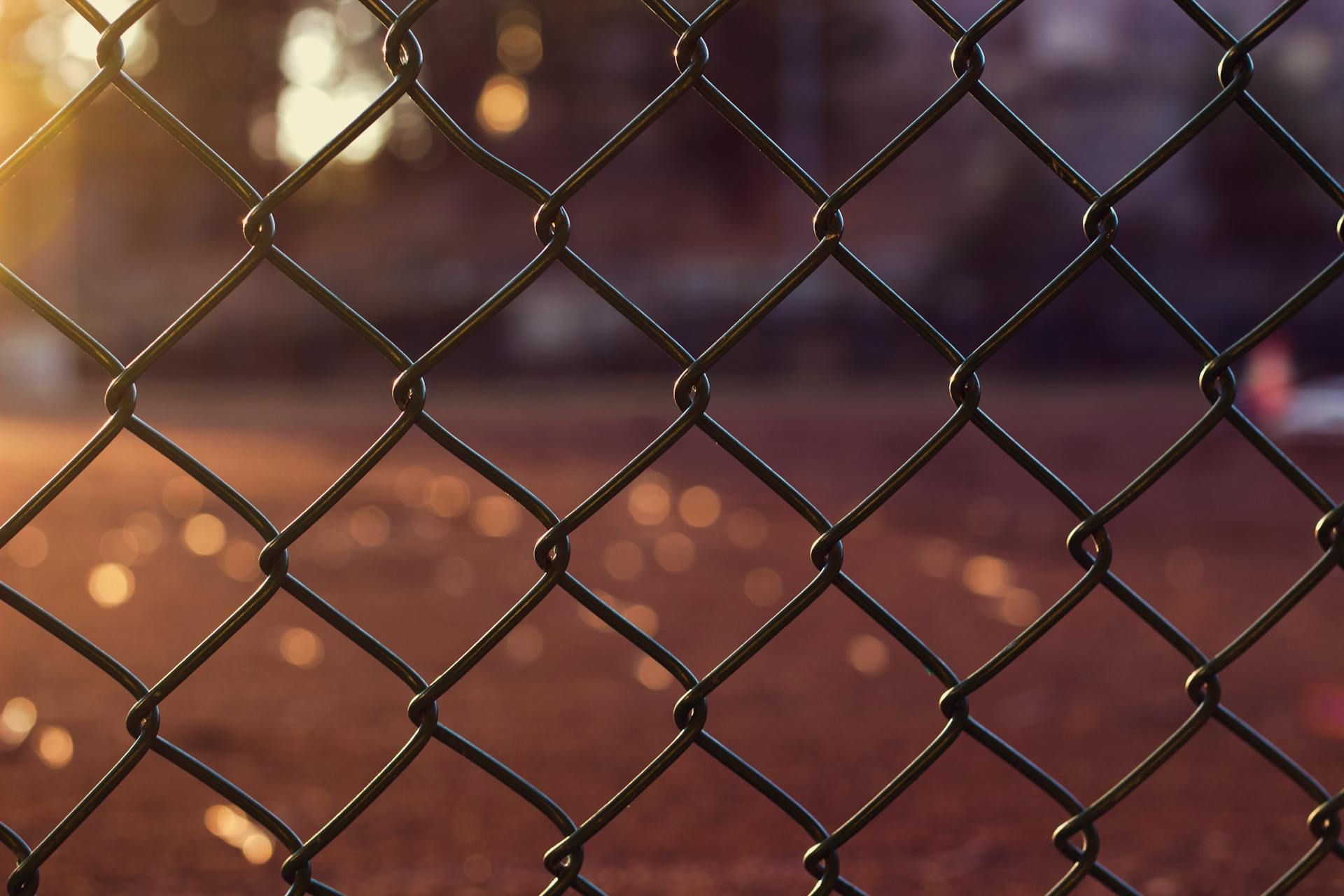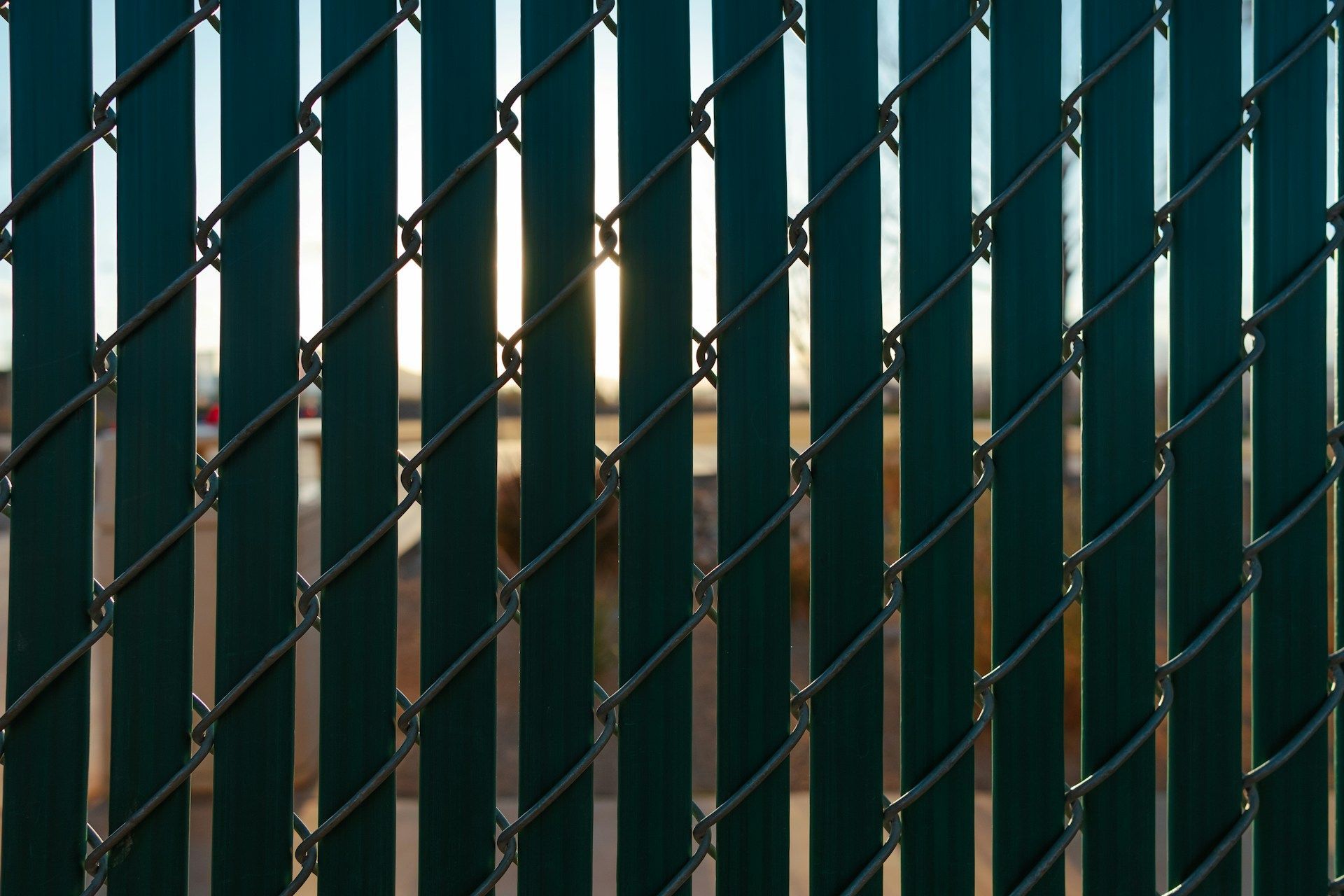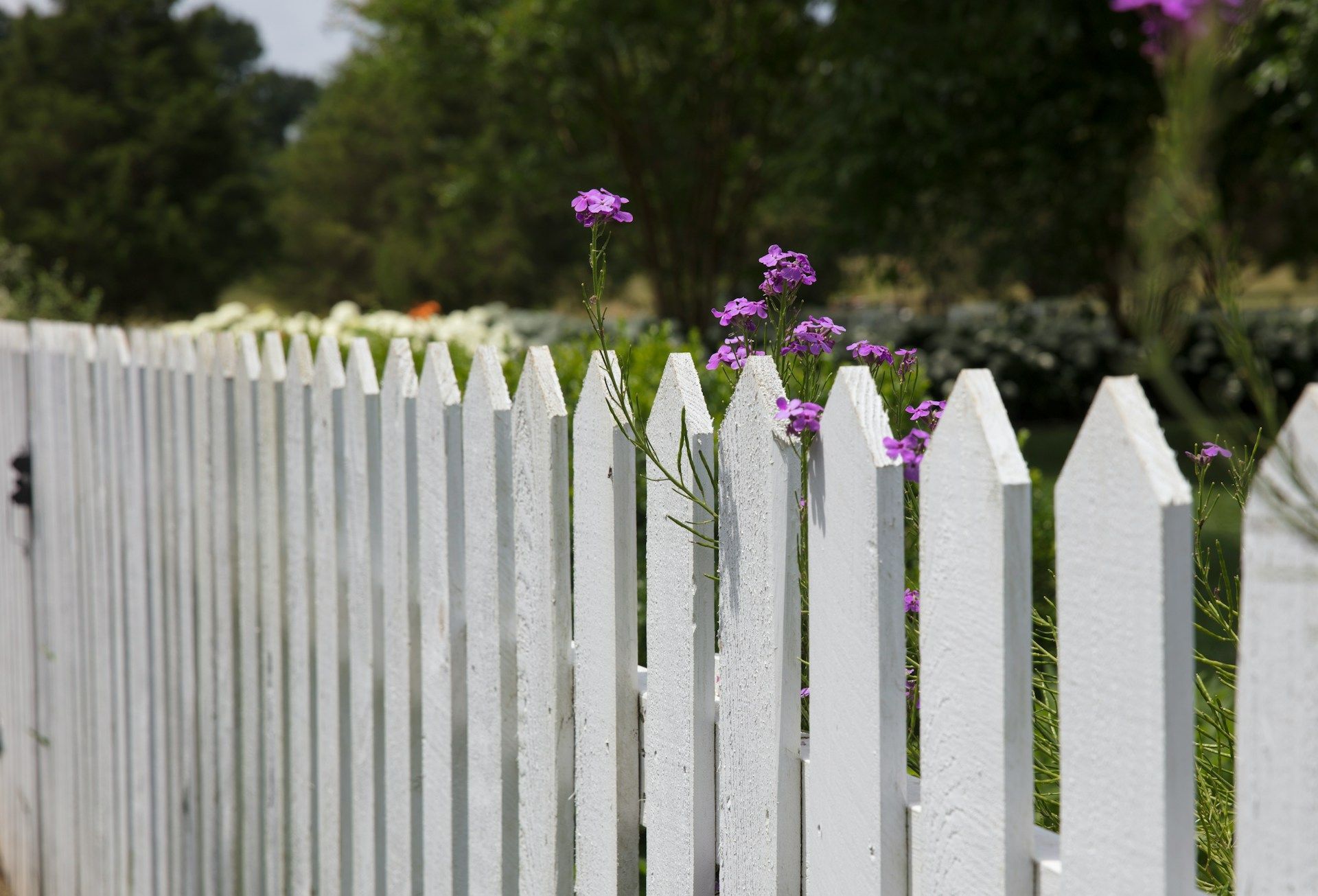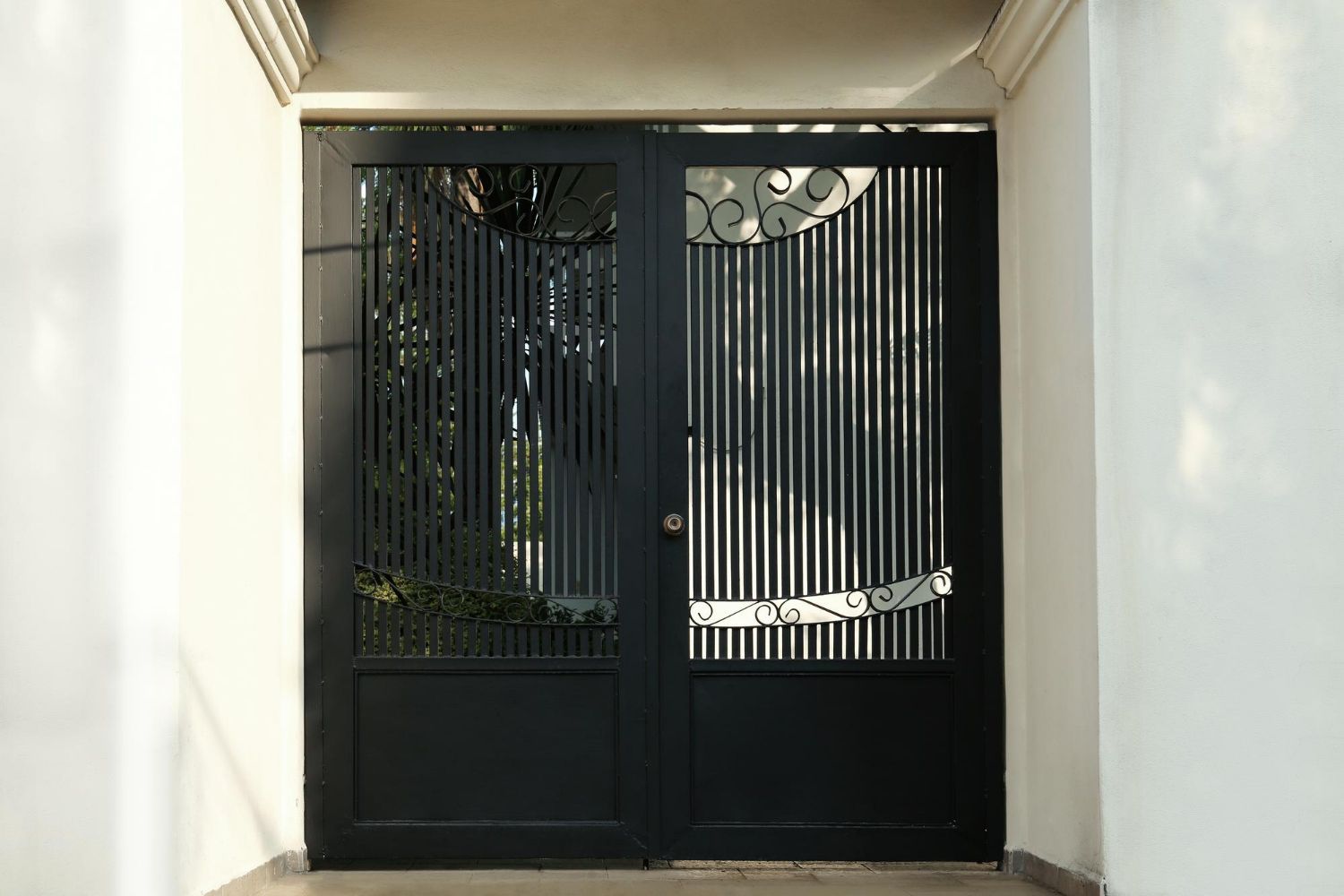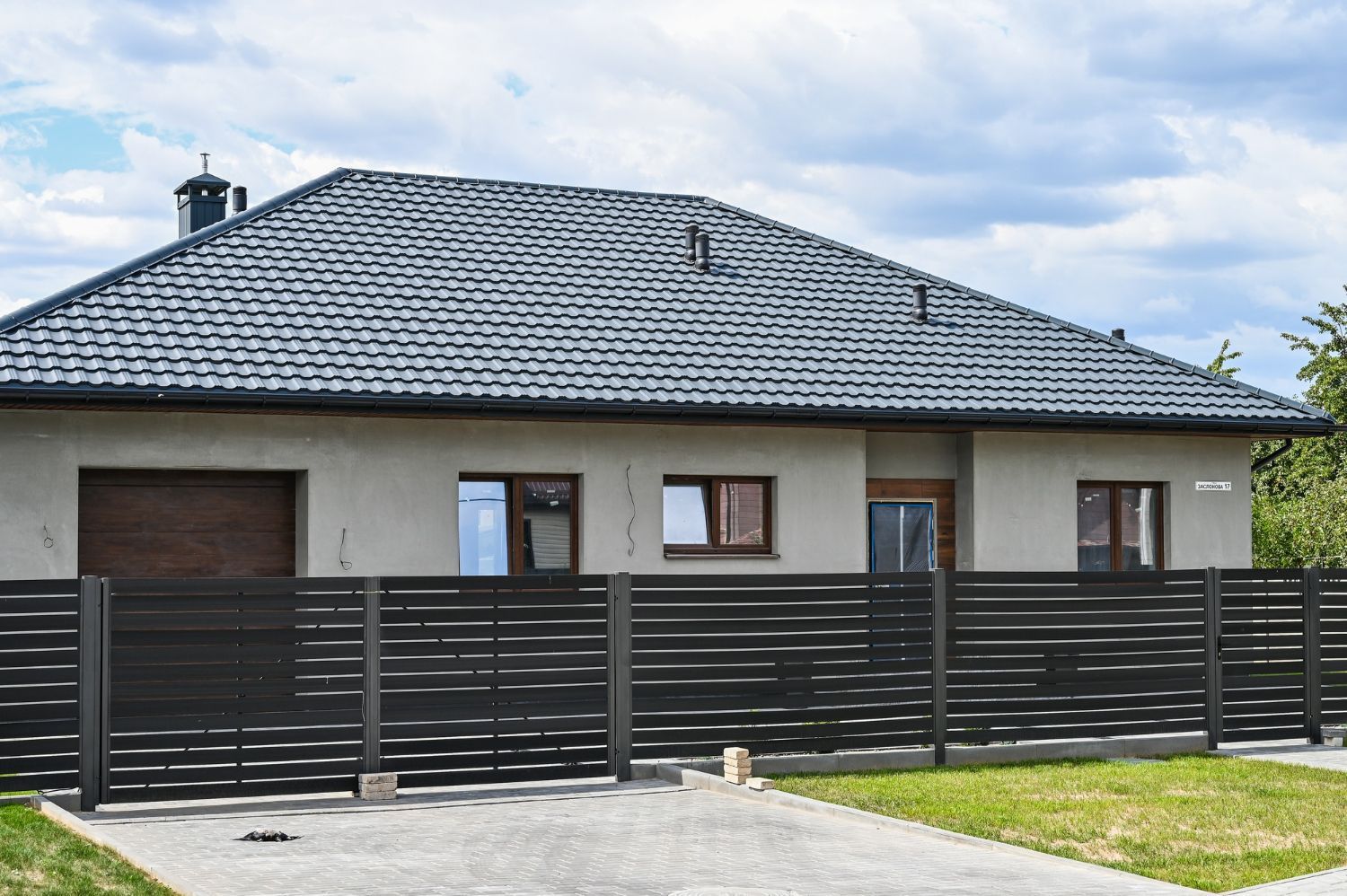Farm Fencing Solutions to Protect Your Livestock: A Guide
Keeping your livestock safe is a top priority for any farmer. The right farm fencing can make all the difference in providing security and peace of mind. Different types of livestock require different kinds of fencing solutions to ensure they are not only safe but also comfortable.
Fencing materials range from traditional wood to modern electric options, each serving unique purposes and benefits. It's crucial to choose the right material based on the specific needs of your livestock and the layout of your land. With proper design and maintenance, farm fences can effectively protect animals, allowing you to focus on other vital tasks around the farm.
Understanding the essential features of farm fencing helps prevent livestock from escaping and keeps predators at bay. Investing time in selecting the best fence for your farm not only ensures the safety of your animals but also contributes to the overall efficient operation of your farm. Let's dive into how to choose the best fencing solutions for your livestock.
Understanding Different Fencing Materials
Choosing the right fencing material is important for building effective farm fences. Different materials offer unique benefits, and understanding these can help you make an informed decision that suits your specific needs and budget.
Wood is a classic choice for fencing. It’s sturdy and offers an aesthetic appeal that blends with natural environments. Wooden fences are customizable in height and style, providing options for various livestock needs. However, wood requires regular maintenance to prevent rot and pest damage.
Metal fencing, like wire and chain link, is favored for its durability and low maintenance. It's often used in larger farms because it effectively contains livestock while being resilient against harsh weather. A galvanized metal option can resist rust, increasing its lifespan.
Vinyl fencing is another durable option with low upkeep. It doesn’t rot, warp, or splinter, making it a safe choice for both animals and handlers. Although it may have a higher initial cost compared to other materials, its longevity can offer savings in the long term.
Electric fencing provides an additional layer of security. It’s usually made with lightweight materials, making it easy to install and move. It's effective for training animals and reinforcing existing barriers, but must be used with care to ensure safety.
Considerations for material selection should include:
- Cost: Compare upfront expenses and long-term maintenance.
- Durability: Assess resistance to weather and animal pressure.
- Aesthetics: Choose materials that match your farm’s look.
- Safety: Ensure materials are safe for the animals housed.
By understanding the strengths of each material, you can select the best option to effectively manage your livestock and farm environment.
Designing Fences for Specific Livestock
Designing fences tailored to specific livestock is crucial for ensuring safety and containment. Each type of animal has its own needs, so fence designs should accommodate those differences to keep animals secure and healthy.
For cattle, sturdy and high fences are essential due to their size and strength. Wooden post-and-rail fences are commonly used, offering a solid barrier that's easy to see. Electric fencing can provide extra reinforcement to keep cattle contained in larger pastures.
Sheep and goats require tight, close-knit fencing since they can slip through or under larger gaps. Woven wire is a good solution, as it prevents escaping while keeping predators out. The fence should be high enough to prevent goats, who are skillful climbers, from jumping over.
Horses need smooth, visible fencing to prevent injuries. Vinyl or wood fences with rounded edges are ideal, reducing the risk of cuts and scrapes. Electric wire can serve as an additional deterrent from leaning or chewing on the main fence.
Pigs require a fence that can withstand rooting behavior. Using a combination of solid lower structures and electric fencing helps in managing pigs effectively. Buried fencing can prevent pigs from digging their way out.
Designing fences with specific livestock in mind involves:
- Height and Strength: Match fence height to animals' jumping and pushing abilities.
- Visibility: Ensure fences are visible to avoid accidental collisions.
- Safety Features: Choose designs that minimize injury risks.
- Predator Protection: Include measures to deter predatory animals.
By considering these factors, you can design a fencing system that caters to the needs of your livestock, ensuring their safety and well-being.
Integrating Safety Features
Safety features are crucial when constructing farm fences to protect livestock and maintain their well-being. Effective safety measures prevent injury and ensure that fences serve their purpose without harming the animals they're meant to secure.
Invisible fencing, such as electric wire, adds safety by providing a strong deterrent that animals quickly learn to respect. While it keeps livestock in, it’s essential to ensure the voltage is set to a safe level, appropriate for the animals being contained. Regular checks to maintain proper functioning are also important.
Rounded edges on fencing materials reduce the risk of cuts or scrapes, especially for horses and other animals prone to rubbing against fences. This simple safety measure lessens the chance of injury and ensures that the fencing remains a secure boundary.
Consider using breakaway fencing portions in areas where larger animals, like horses or cattle, may congregate. In emergency situations, these fences give way to prevent serious injury. Cattle guards at gateways further discourage crossing without presenting a physical threat to the animals.
Safety features to prioritize include:
- Visibility Strips: Adding colors or materials that animals can see to prevent accidental run-ins.
- Protective Coatings: Using non-toxic paints that protect wood and metal without posing health risks.
- Height and Padding: Ensuring fences are an adequate height and adding padding where necessary for additional protection.
By thoughtfully integrating these safety features, farmers can minimize risks, ensuring their livestock remain safe and secure within their designated areas.
Maintaining and Repairing Farm Fences
Regular maintenance and timely repairs extend the life of a farm fence and ensure it continues to function effectively. Without proper upkeep, even the best-designed fences can become unsafe or ineffective over time.
Start with regular inspections. Walk the perimeter of your fence periodically, especially after bad weather, to check for signs of wear or damage. Look for broken wires, leaning posts, or damaged panels that may need immediate attention.
Cleaning the fence line helps prevent problems. Remove debris, fallen branches, and overgrown brush that can press against the fence and cause damage. Keeping the area around the fence clear can also deter pests from nesting, which might weaken the fence’s structure.
Establish a repair routine. Having basic tools and materials on hand allows for quick fixes. Tighten loose wires, replace broken sections, and reinforce weak posts immediately upon detection. This approach prevents small issues from becoming costly repairs.
Consider these maintenance tips:
- Cleaning: Wash fences with soap and water occasionally to prevent grime build-up.
- Rust Prevention: Apply rust-proof coating to metal fences annually.
- Sealants: Reapply sealants to wooden fences as required to ward off moisture and rot.
Securing the longevity and effectiveness of your farm fences requires consistent care. Maintaining them with this proactive approach saves time and money while safeguarding your livestock.
Conclusion
Incorporating safety features and maintaining farm fences play vital roles in running a successful farming operation. By taking the time to understand materials, design specifications, and maintenance essentials, farms can achieve effective containment and protection for their livestock.
If you need expert advice or professional services for your farm fencing, California Commercial Fence stands ready to assist. Our team offers tailored solutions to ensure your farm operates smoothly with secure, dependable fencing. Contact us today to learn how we can help meet your fencing needs and protect your valuable investments.
California Commercial Fence
Contact Us
Location Address
8844 S Indianola Ave, Selma CA 93662
Send Us A Message
Call US Today
All Rights Reserved | California Commercial Fence | Website Design by Egility Digital

